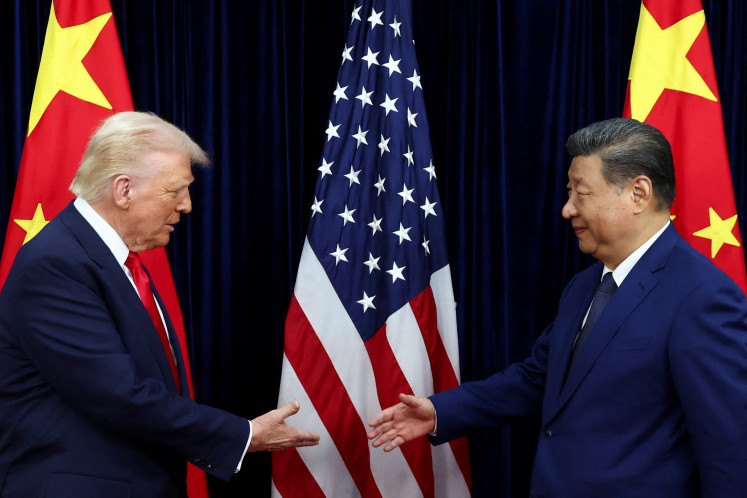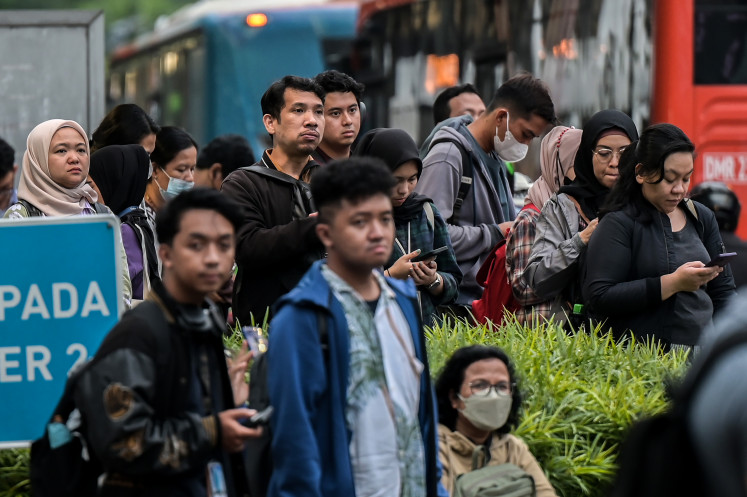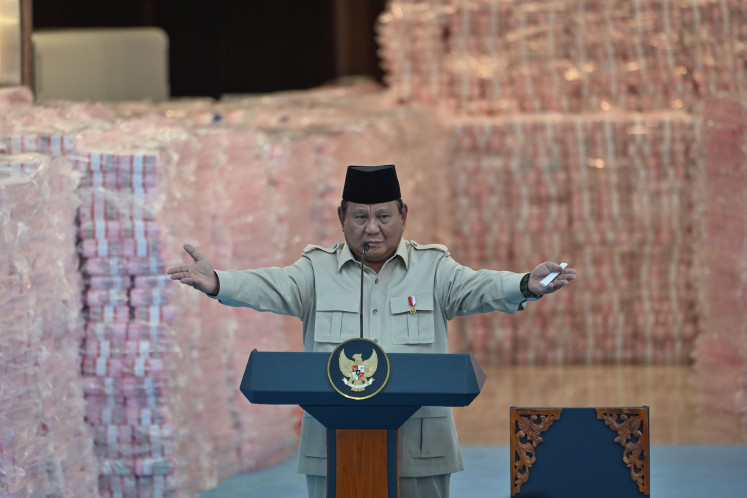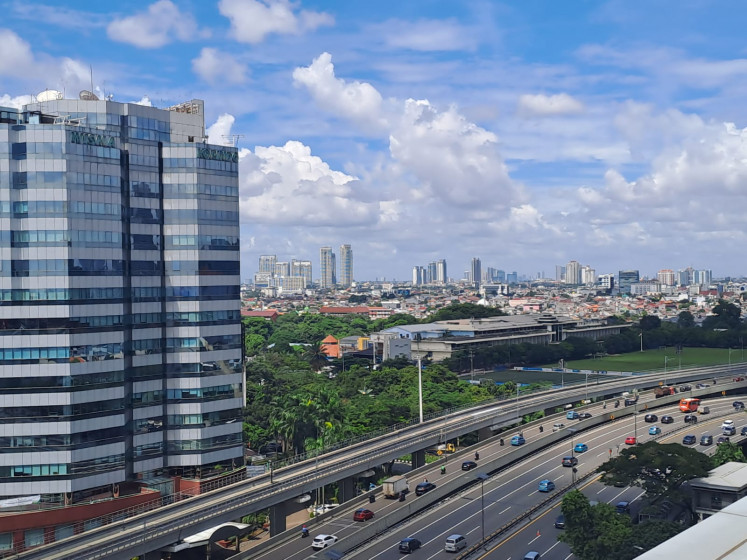Popular Reads
Top Results
Can't find what you're looking for?
View all search resultsPopular Reads
Top Results
Can't find what you're looking for?
View all search resultsThe missing steps Indonesia must retrace
One of the pressing economic issues that Indonesia continues to face is its overreliance on commodities and its challenge to transition into full-fledged industrialization.
Change text size
Gift Premium Articles
to Anyone
O
ne of the pressing economic issues that Indonesia continues to face is its overreliance on commodities and its challenge to transition into full-fledged industrialization. This is crucial, as most developed countries undergo an industrialization phase before gradually shifting toward a service-based economy.
In our case, the industrial sector’s contribution to gross domestic product (GDP) peaked at 29 percent in 2001 and has since continued to decline. Additionally, industrial sector GDP growth lags behind overall GDP growth, while past trends in the purchasing managers' index (PMI) indicate some degree of contraction. On the other hand, the nontradable service sector accelerated too early. This condition makes it difficult for Indonesia to generate labor-intensive jobs and boost exports. As a result, many workers with low educational backgrounds have been pushed into the informal sector.
We were close to success during the 1980s when the commodity boom ended and industrialization began to take shape. Bold measures were taken, including a monetary intervention through rupiah devaluation, major industrial policy such as import tax abolishment for materials used for export, simplification of investment licenses including in pharmacy and manufacturing sectors and banking deregulations known as the October Package of 1988 (PAKTO 88). Despite this controversial move, Indonesia managed to grow the manufacturing industry by 7 percent in 1990, the highest in Indonesian history.
Former president Joko “Jokowi” Widodo’s downstream initiative was a bold and positive step toward Indonesia’s long-term vision. He successfully linked the country’s comparative advantage with global trends, leading to increased exports through value-added processing of raw materials.
While investment levels have continued to grow in recent years, the pace of job creation has yet to reach its full potential. In 2013, every Rp 1 trillion (US$61.4 million) in investment created 4,594 jobs. By 2023, the figure dropped to just 1,285 jobs. This evolving trend suggests that investments have increasingly focused on capital-intensive sectors, presenting a valuable opportunity to balance growth by revitalizing labor-intensive investments.



















